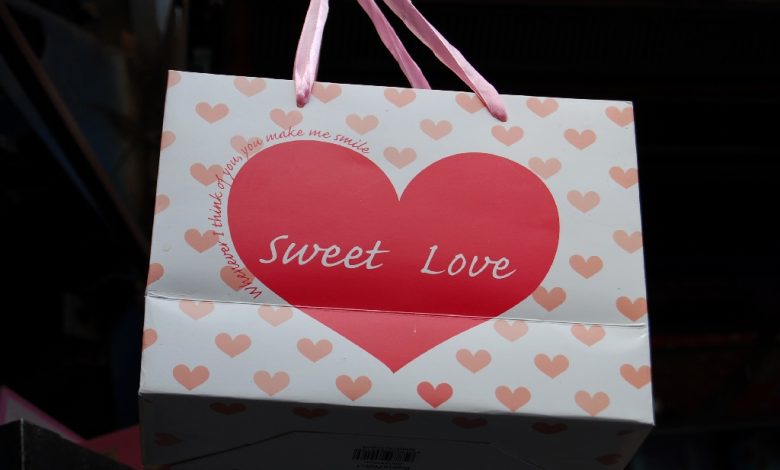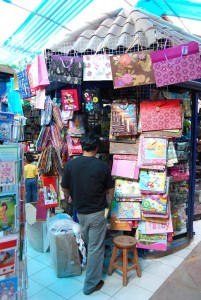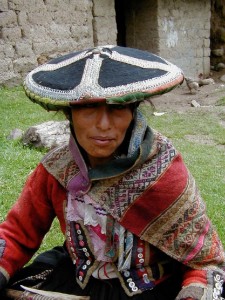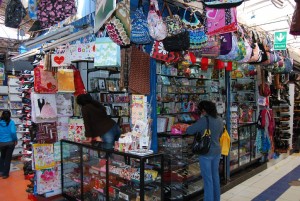One Love, Two Ways

A chasm splits Peru and one of its signs is love. On this Valentine’s Day one might think love is the same everywhere; marketers certainly want it to be. But in Peru there are big differences that signal a major gulf in the country. It is the break between city and countryside, even though urban culture is more powerful and invasive every day.
On the 14th of February, the Inca capital pulses with balloons, roses, chocolates, cards and more declarations of love and friendship than there is chuño in July. Like people in much of the developed world, “love”–yes in quotes–gives Cusqueños purpose and makes for lots of sales.
Local popular music celebrates love and its consequences and Facebook–that newly popular social space where ever more Peruvians live — fills with profferings of love and with its discontents.

But in rural Peru, where Quechua is the language of daily life, this is not how people experience love. Ethnographer Inge Bolin, in her book Rituals of Respect, writes about the rural community of Chillihuani in Cuzco:
“‘Young people always fall in love during Pukllay [the indigenous rituals at the time of Carnival, whose name means play] as they dance between the suyus [divisions of a larger community]’ the curandero [healer] tells me. ‘It is an ancient custom; Our ancestors danced there long ago. Sometimes people fall in love right there on Tusuna Q’asa Pata . . . the place between the high mountain peaks at the borderlines between the suyus where the dances take place. But sometimes they have been in love before secretly’ he adds with a mischievous smile. (p 101)

Ethnographer Catherine Allen, in her book The Hold Life Has, contrasts courtship and romantic behavior in Ayllu Sonqo in rural Cuzco that while in the city people hold hands, hug, and kiss to show love, in the countryside, that is not so. Instead a certain distance is maintained, though people often have strong feelings. They just show them differently.

In the city, St. Valentines Day — with its gifts of flowers, chocolates, jewelry, and such — stands at the cusp of an invasive wedge of love that has transformed Peru. Though the Spanish brought a strong romantic tradition nonetheless St. Valentines Day is relatively new. Older people in Cuzco did not grow up with it and do not feel its pull as strongly as the young.
Tonight the city will fill with courting couples promenading alone or with friends. Restaurants and clubs will try to get them to come in. And all the hotels for locals are booked full for the night.

The city government has organized music and performances in the Main Square and the city seems to glow from heart shaped balloons in doorways and windows.
But there is a certain tension, since the day also follows another international trend and also celebrates the Day of Friendship. Groups of friends also like to gather this night to celebrate their bond, one that is important and ongoing in the city of Cuzco as something that organize so much else of the city’s life.
While young men buy gifts for the women they court, they do not for their friends. Instead they go together to drink and play.
The tension lies in whether they go as a group, or whether they take their enamoradas (their girl friends). If the one then they can flirt with groups of young women at the discos and clubs. If the other then they focus on their relationship, despite taunts from friends who accuse them of being tied down by their “esposa,” which in Spanish has a double meaning of not just “wife” but also “handcuff”.
Love fills the air, like a perfumed pheromone that falls with the rain. On this day, the city of Cuzco celebrates love. There will be lots of kissing, walking arm in arm, dancing close, going out to eat, kissing, and checking in to an hotel while chocolates and flowers change hands.

In rural Peru, love is also in the air, though it is understood through the image of struggle and competition between the sexes. To the marketer’s frustration there are not yet balloons, cards, or chocolate shaped hearts. Other purchased gifts are also not required. These are two different traditions, though the name in English is the same.
In Chillihuani, as the young people gather, dressed in their finery, the young men bring flutes, Bolin writes. They start to play and the couples dance to the haunting sounds they make in an expression of eternal competition between female and male.
Bolin writes:
The [courtship] dances in Tusuna Q’asa Pata have their toots in the ritual battles of the yawar mayu [the river of blood]. Just like the combatants in any ritual battle, the couples recognize established borderlines as the dance across them, joining for life with the one they love from another suyu or another high altitude village (p 108.)
It is there, in the light of the moon, close to the mountains’ jagged peaks, to the sound of flutes and dance, in playful struggle and competition, that love finds its place.




